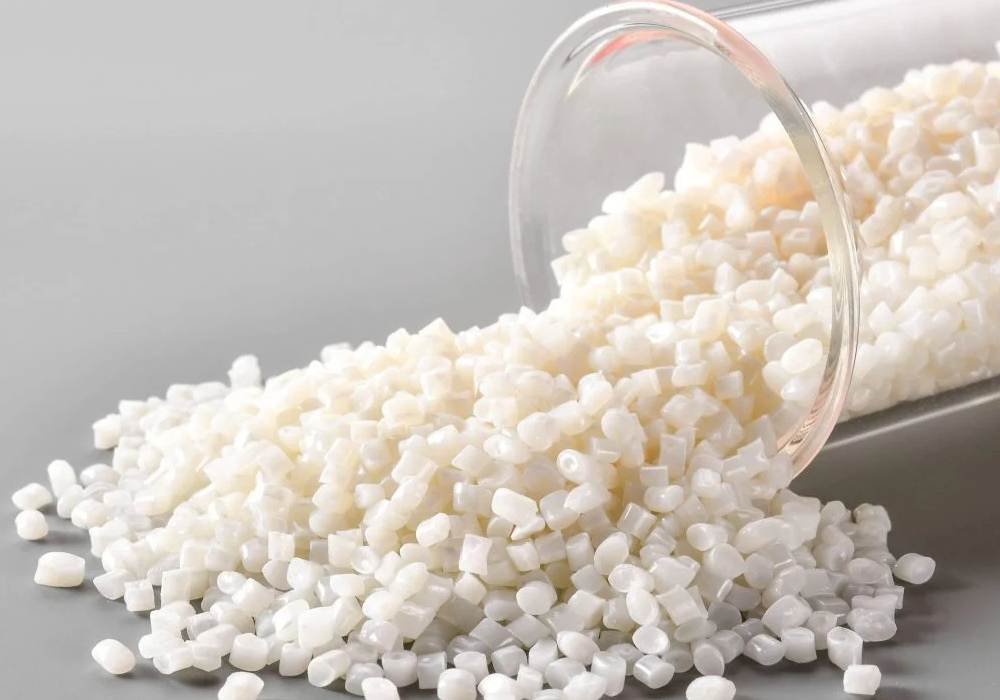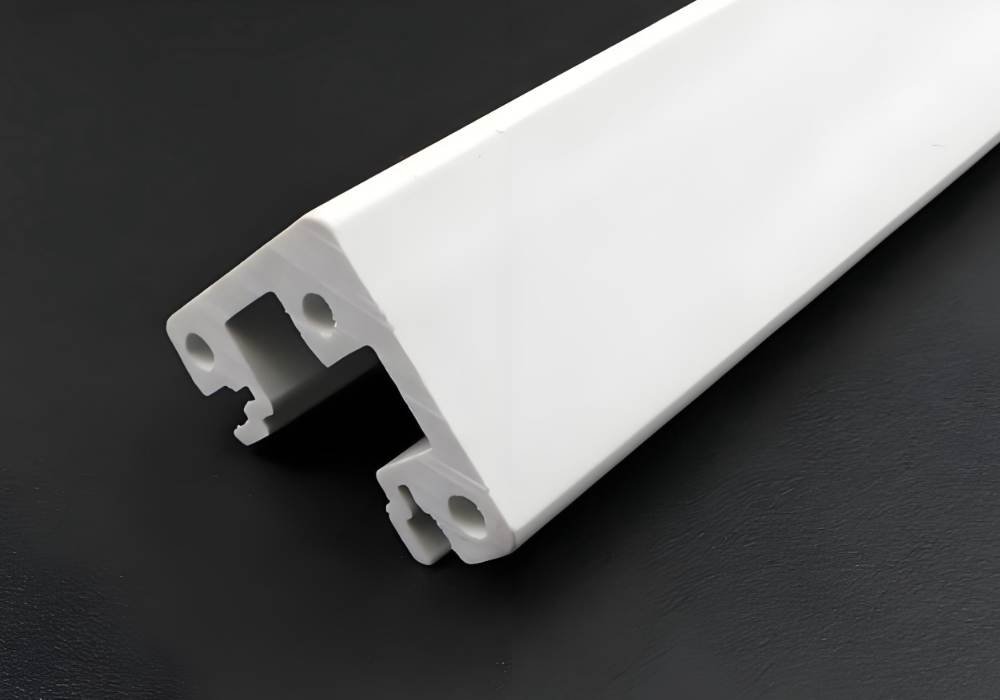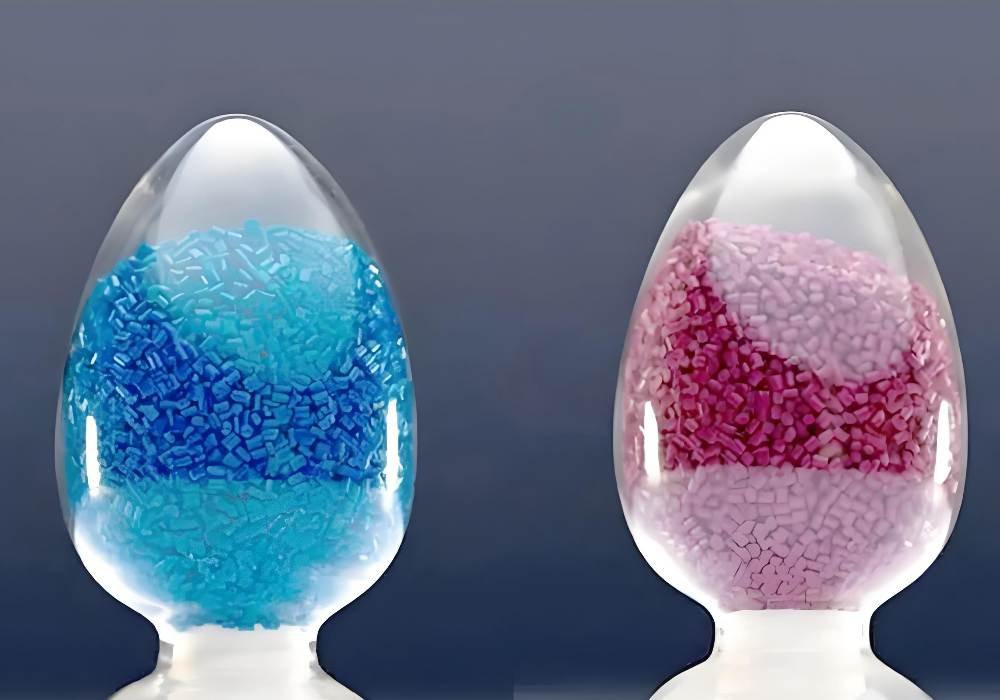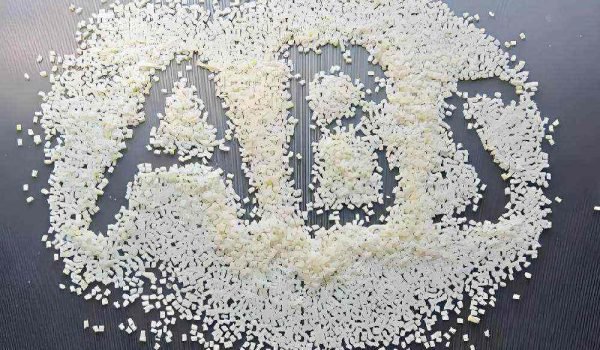Have you ever wondered what happens when ABS plastic is exposed to high temperatures? Unlike some materials with a sharp melting point, ABS softens gradually over a temperature range of around 105 to 115°C (221 to 239°F).
This characteristic temperature range significantly influences manufacturing processes such as injection molding and 3D printing, affecting the final product’s quality and performance. By understanding how temperature impacts ABS, you can optimize your manufacturing processes.
What is ABS Plastic?
ABS plastic, known for its strength and impact resistance, is a widely used material in modern manufacturing.
Composition and Structure of ABS
ABS plastic is a terpolymer, consisting of three main components: Acrylonitrile, Butadiene, and Styrene. The combination of these components gives ABS its unique properties. Acrylonitrile provides chemical resistance and heat stability, Butadiene contributes to its impact resistance, and Styrene gives it rigidity and ease of processing.
The density of ABS is approximately 1.04 g/cm³, and it has a tensile strength typically around 40 MPa to 50 MPa. Its Izod impact strength is around 200-400 J/m, making it suitable for applications requiring high impact resistance.
Key Properties and Applications
ABS plastic exhibits excellent mechanical properties, including high impact resistance, good tensile strength, and moderate flexibility. Its elongation at break ranges from 10-50%, and it maintains dimensional stability under load. ABS also offers good surface hardness, with a Rockwell R scale of 90-110, making it ideal for applications requiring both aesthetic appeal and structural integrity.
The versatility of ABS plastic makes it suitable for various manufacturing methods, including injection molding, extrusion, and 3D printing. As a result, ABS is widely used in automotive components, consumer electronics, appliances, toys, and medical devices. Its good balance of properties at a reasonable cost makes it a popular choice for both prototyping and mass production applications.
Understanding the Melting Point of ABS
The melting behavior of ABS is complex and influenced by its composition and structure.
Glass Transition vs. Melting Temperature
The glass transition temperature (Tg) of ABS is approximately 105°C (221°F), marking the point at which it begins to soften. This is distinct from its melting temperature, as ABS doesn’t have a sharp melting point like some other materials. Instead, it softens over a temperature range. You should understand that the glass transition temperature is critical in determining the material’s behavior during processing.
The temperature range for ABS softening is between 90°C to 110°C (194°F to 230°F). At this range, ABS transitions from a rigid solid to a more pliable material.
Temperature Range for ABS Softening
For processing purposes, ABS typically requires temperatures between 210°C to 250°C (410°F to 482°F) to achieve proper flow characteristics. This wide processing window gives manufacturers flexibility in processing parameters. You can optimize the processing conditions by understanding the temperature range for ABS softening.
When working with ABS, temperature control is critical, as variations can significantly impact material viscosity, flow behavior, and ultimately the quality of the finished product. By understanding the melting behavior of ABS and its temperature range, engineers can better design and configure processing equipment and molds to achieve optimal results.

The Importance of ABS Melting Point in Manufacturing
The temperature at which ABS melts significantly impacts its processing methods and the quality of the final product. As a widely used thermoplastic, ABS is valued for its strength, impact resistance, and versatility in various manufacturing processes, including injection molding and 3D printing.
Impact on Processing Methods
The processing temperature of ABS plastic is critical in determining the efficiency and effectiveness of manufacturing processes. High melt temperatures can cause thermal degradation, leading to mechanical weakness and discoloration. On the other hand, lower melt temperatures can restrict material flow, resulting in short shots, voids, and surface deficiencies. You need to optimize the temperature to achieve the desired properties and avoid defects.
Consistent temperature control is essential for achieving batch-to-batch consistency and meeting quality specifications. The cooling rate, determined by the temperature differential between the molten ABS and the mold or environment, affects the internal stress distribution and dimensional accuracy of the finished part.
Effect on Final Product Quality
The final product quality is directly influenced by the processing temperature of ABS. Improper temperature control can reduce tensile strength, impact resistance, and overall durability. Excessive processing temperatures can lead to thermal degradation, resulting in discoloration and brittleness. The temperature should be controlled throughout the manufacturing process to achieve the desired mechanical properties and maintain product quality.
Insufficient temperatures can cause poor layer adhesion in 3D printing or incomplete filling in injection molding, creating weak points and compromising the structural integrity of the final product.
Temperature Parameters for ABS Processing
When processing ABS, temperature control is crucial for achieving optimal results. The material’s melting point and thermal properties significantly influence the processing techniques used, whether it’s injection molding or 3D printing.
Injection Molding Temperature Requirements
Injection molding is a common method for processing ABS, and it requires careful temperature control. The temperature settings for injection molding ABS typically range from 220°C to 260°C (428°F to 500°F) for the barrel and nozzle. The mold temperature is usually set between 60°C to 80°C (140°F to 176°F) to ensure proper cooling and solidification of the material. Maintaining these temperatures is essential for producing parts with good surface finish and dimensional accuracy.
3D Printing Temperature Settings
3D printing with ABS filament has its own set of temperature requirements. The recommended extruder temperature for ABS typically falls between 220°C and 250°C (428°F to 482°F). The build plate or bed temperature often ranges from 80°C to 110°C (176°F to 230°F). If the temperature is too low, the plastic might not flow properly, leading to weak or incomplete prints. On the other hand, too high a temperature can cause overheating and degradation of the material. An enclosed printing environment is highly recommended for ABS to maintain consistent ambient temperature and prevent drafts that can cause layer splitting and warping.
How Temperature Affects ABS Properties
The impact of temperature on ABS properties is multifaceted, influencing both its mechanical performance and chemical resistance.
Mechanical Properties at Different Temperatures
ABS mechanical properties vary significantly with temperature. At lower temperatures, ABS becomes more brittle, while higher temperatures make it more flexible. This temperature dependency is critical in applications where ABS is subjected to varying thermal conditions.
For instance, in automotive components, ABS is exposed to a wide range of temperatures. Its ability to maintain mechanical integrity under these conditions is vital for the safety and durability of the vehicle.
You should consider the glass transition temperature (Tg) of ABS, which is around 105°C, although it can vary based on the specific formulation. Below Tg, ABS is rigid and glassy, while above Tg, it becomes more rubbery and flexible. This transition affects its mechanical properties and usability in different applications.
Chemical Resistance and Temperature Correlation
ABS is known for its good resistance to aqueous solutions, including acids, bases, and salts, making it suitable for applications involving exposure to these chemicals at room temperature. However, its chemical resistance decreases as temperature increases.
For example, exposure to chemicals at elevated temperatures can accelerate degradation through mechanisms like hydrolysis or oxidation. Organic solvents such as acetone, ketones, and esters can attack ABS even at room temperature, causing swelling, softening, or dissolution—effects that intensify with increasing temperature.
Understanding the correlation between temperature and chemical resistance is essential for predicting the service life of ABS components in environments where both thermal and chemical stressors are present. This knowledge helps in selecting the right ABS formulation for specific applications and ensuring the longevity of the final product.

Challenges When Working with ABS at High Temperatures
Working with ABS at elevated temperatures poses significant challenges, including warping and thermal degradation.
Warping and Dimensional Stability Issues
One of the primary concerns when working with ABS at high temperatures is warping and dimensional stability. As ABS plastic approaches its melting point, it can become prone to deformation, leading to warping or shrinkage in the final product. This can result in parts that do not fit together as intended or have compromised structural integrity.
To mitigate these issues, it’s crucial to carefully control the temperature during processing. Ensuring that the ABS material is processed within the optimal temperature range can help minimize warping and maintain dimensional stability.
Thermal Degradation Concerns
ABS begins to thermally degrade when exposed to temperatures above 280-300°C (536-572°F), resulting in chain scission, cross-linking, and the release of volatile compounds. Signs of thermal degradation include yellowing or darkening of the material, brittle mechanical properties, reduced impact strength, and the emission of a characteristic acrid odor during processing.
To minimize thermal degradation, you should use the lowest effective temperature, minimize residence time at elevated temperatures, and consider using stabilized grades of ABS for applications requiring extended processing times. By taking these precautions, you can help maintain the quality and performance of your ABS products.
Strategies for Enhancing ABS Heat Resistance
To improve the thermal properties of ABS, several strategies can be employed.
Additives and Modifiers
Using additives and modifiers is a common approach to enhance the thermal properties of ABS. You can improve the heat resistance of ABS by incorporating specific additives that help in reducing thermal degradation. For instance, certain modifiers can improve the dimensional stability of ABS at elevated temperatures.
You can also use multi-material approaches, such as overmolding ABS with more heat-resistant polymers in critical areas, to create components with enhanced thermal performance where needed.
Processing Techniques for Improved Thermal Performance
Optimizing the processing techniques is another effective way to enhance the thermal properties of ABS. Proper drying of ABS before processing, typically at 80-90°C for 2-4 hours, removes moisture that can cause hydrolytic degradation at high temperatures. You should also consider annealing ABS parts after molding or printing to relieve internal stresses and improve crystallinity in the polymer structure.
Additionally, optimizing cooling rates during processing can improve the molecular arrangement of ABS, potentially increasing its resistance to thermal deformation in service. Surface treatments such as thermal or chemical hardening can also create a more heat-resistant outer layer on ABS components.

ABS vs. Other Thermoplastics: Melting Point Comparison
The choice of thermoplastic often hinges on its melting point and how it influences the material’s properties. When evaluating thermoplastics for your project, it’s essential to compare their melting points and understand how these impact their performance in various applications.
Comparing ABS with PLA, PC, and PEEK
ABS is a popular thermoplastic known for its balance of mechanical properties and cost-effectiveness. Compared to PLA, ABS has a higher melting point, making it more suitable for applications that require exposure to higher temperatures. PC (Polycarbonate) has a higher melting point than ABS and is known for its excellent impact resistance, making it ideal for applications that demand both strength and thermal stability. PEEK, on the other hand, is a high-performance engineering plastic with an even higher melting point, used in extreme environments where temperature resistance is critical.
When comparing these thermoplastics, it’s clear that each has its strengths. For instance, ABS offers a good balance between temperature resistance, impact strength, and cost. PLA is more suited for applications with lower temperature requirements due to its lower melting point. PC and PEEK are chosen for applications that require higher thermal stability, with PEEK being used in the most demanding environments.
Selecting the Right Plastic Based on Temperature Requirements
Selecting the appropriate thermoplastic for your application involves considering the operating temperature range. For temperatures below 80°C (176°F), ABS is often an excellent choice due to its balance of properties. For temperatures between 80-100°C (176-212°F), you may need to consider modified ABS or blends like ABS/PC to maintain dimensional stability and mechanical strength.
At higher temperatures (100-150°C or 212-302°F), more heat-resistant thermoplastics like PC, PET, or nylon become necessary. For extreme temperatures above 150°C (302°F), high-performance thermoplastics such as PEEK are required. The selection process should also consider factors like thermal cycling, exposure duration, mechanical loads, and the chemical environment to ensure the chosen material meets all the application’s requirements.
Optimizing ABS Processing Based on Melting Behavior
Achieving optimal results with ABS requires a deep understanding of its melting behavior and how to adjust processing parameters accordingly.
Best Practices for Temperature Control
To optimize ABS processing, it’s essential to follow best practices for temperature control. This involves understanding the ideal temperature range for the specific processing method, whether it’s 3D printing or injection molding. For instance, in 3D printing, incrementally increasing the nozzle temperature can improve layer adhesion and part strength.
Maintaining the right temperature is critical to prevent issues such as warping, short shots, or surface defects. By controlling the temperature, you can ensure that the ABS material flows properly and that the final product meets the desired specifications.
Troubleshooting Temperature-Related Issues
Despite best efforts, temperature-related issues can still arise during ABS processing. Common problems include layer adhesion issues, warping, and surface defects. To address these issues, you can adjust the processing temperature, injection pressure, and cooling rate.
For example, if you’re experiencing layer adhesion problems in 3D printing, you can incrementally increase the nozzle temperature. Similarly, for injection molding, adjusting the melt temperature and injection pressure can help resolve short shots or incomplete filling issues.
Conclusion
With its unique balance of strength, impact resistance, and processability, ABS plastic is a cornerstone material in many industries, and its melting behavior plays a critical role in determining its suitability for different applications.
As manufacturing technology continues to evolve, the versatility of ABS ensures it will remain a vital material in industries ranging from automotive and consumer electronics to medical devices and beyond. Whether you’re designing new products or optimizing existing manufacturing processes, a thorough understanding of how temperature impacts ABS properties will help you make informed decisions that balance performance requirements with processing considerations.
Fecision, as an expert in mold tooling and molding services, possesses extensive experience in ABS injection molding across multiple sectors including automotive, medical, and aerospace. Contact us to achieve project success together!




